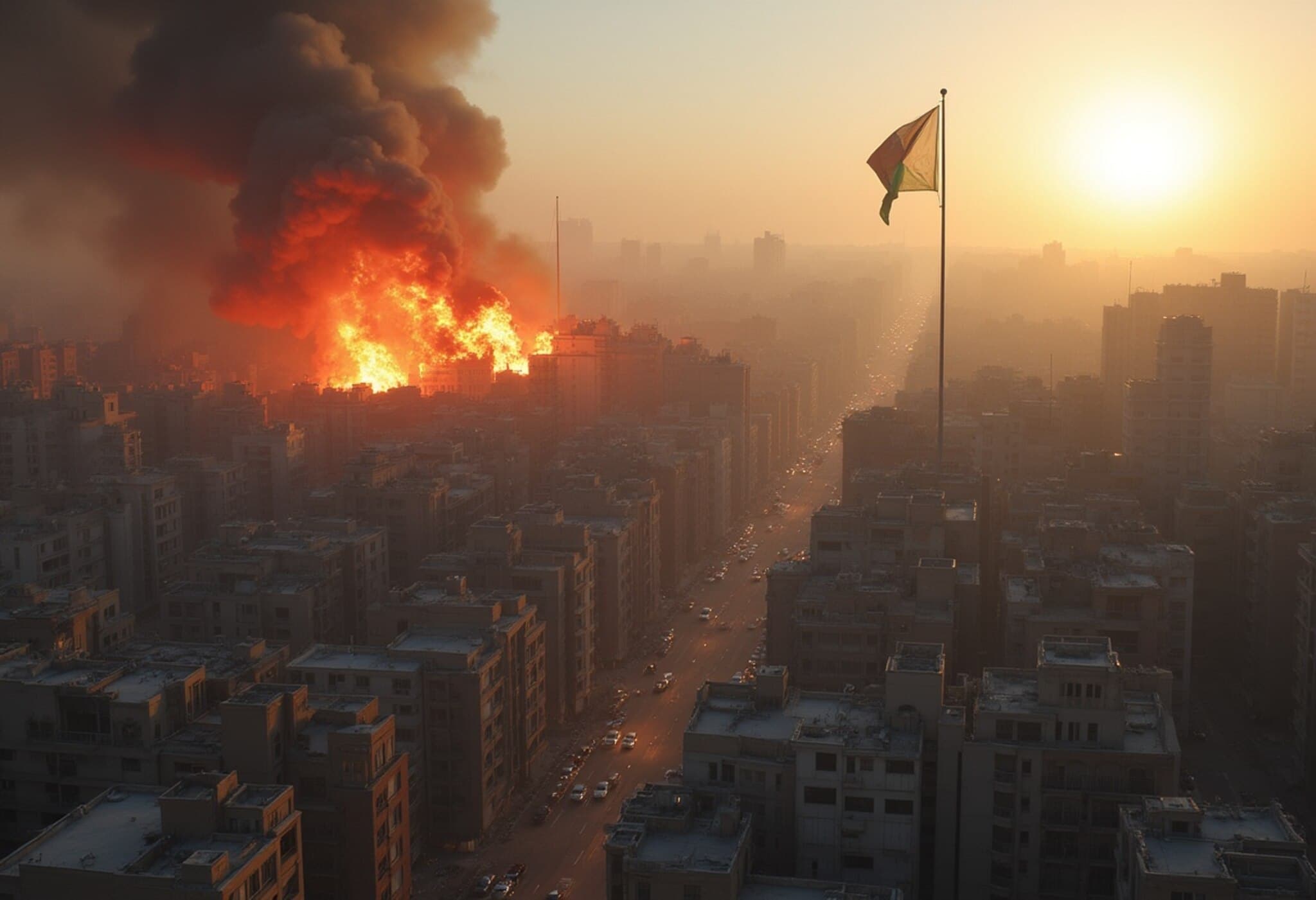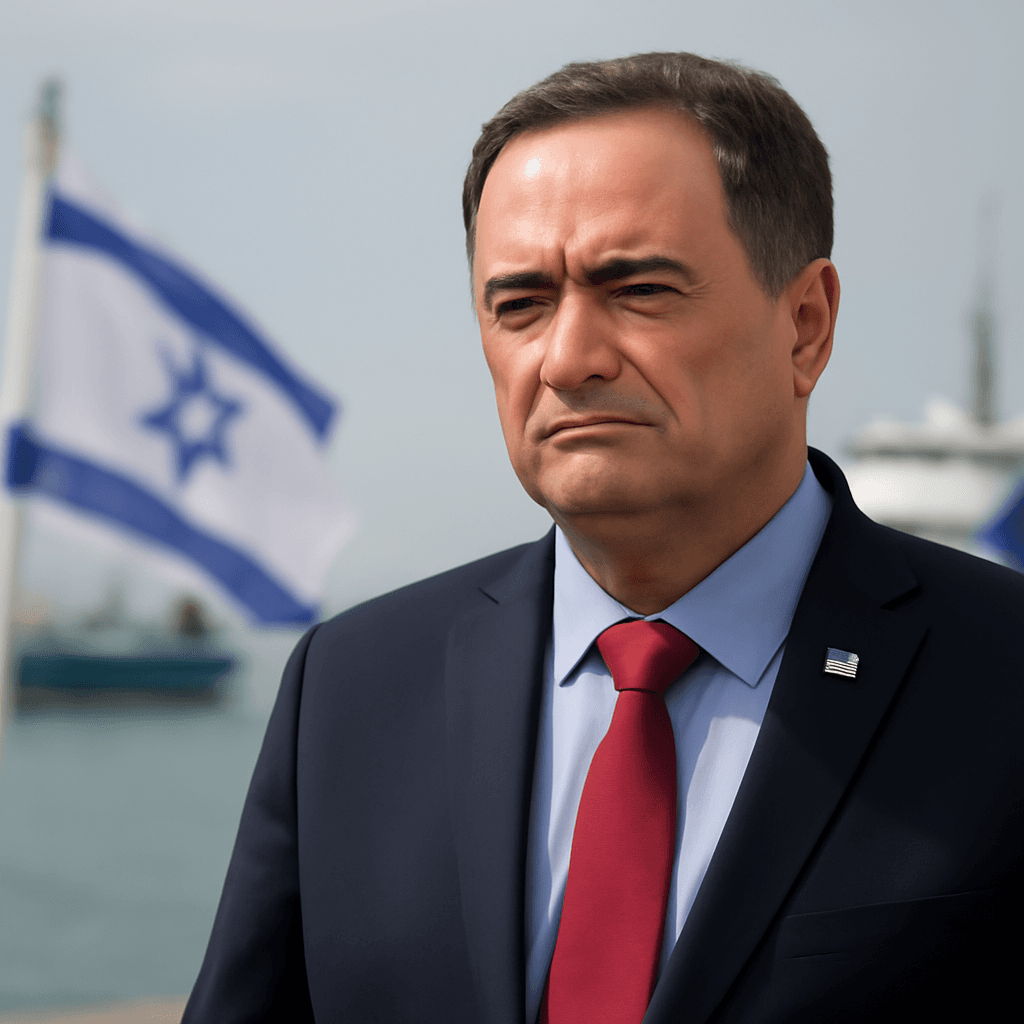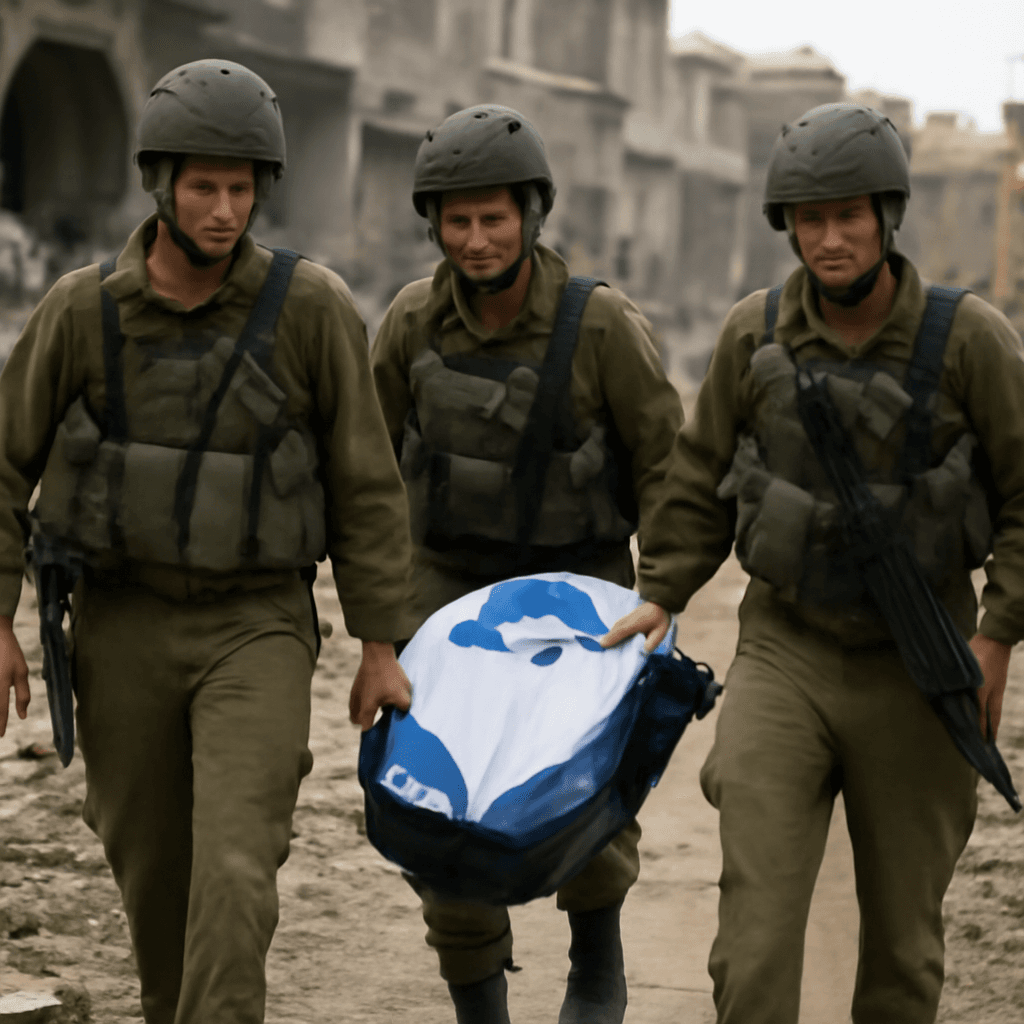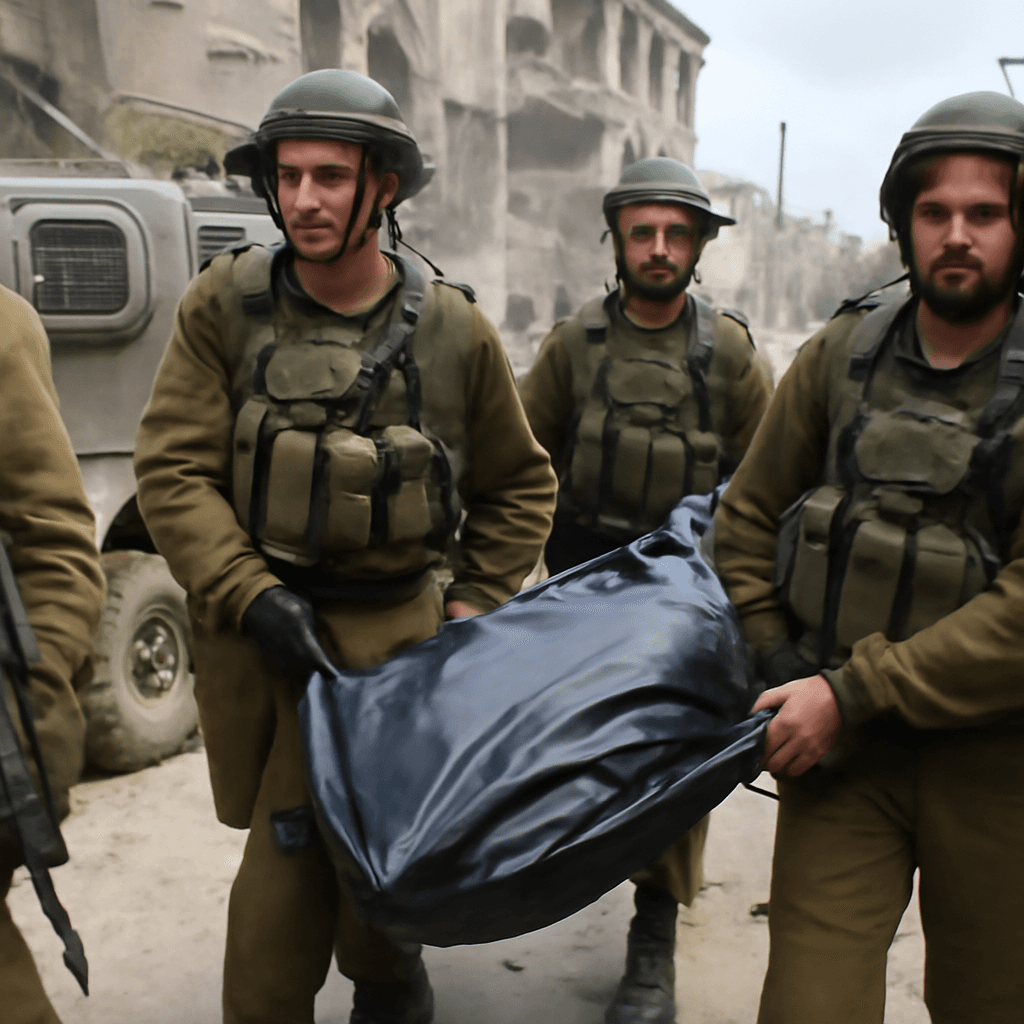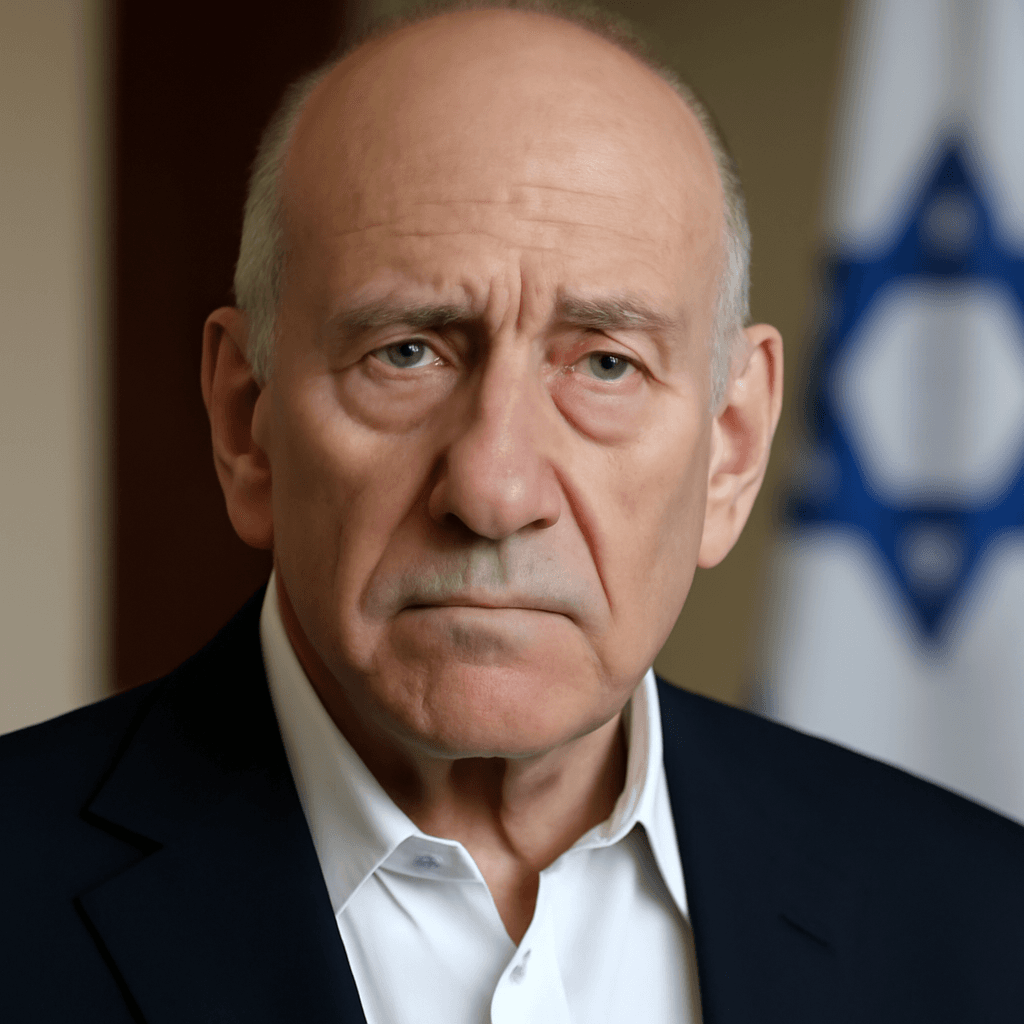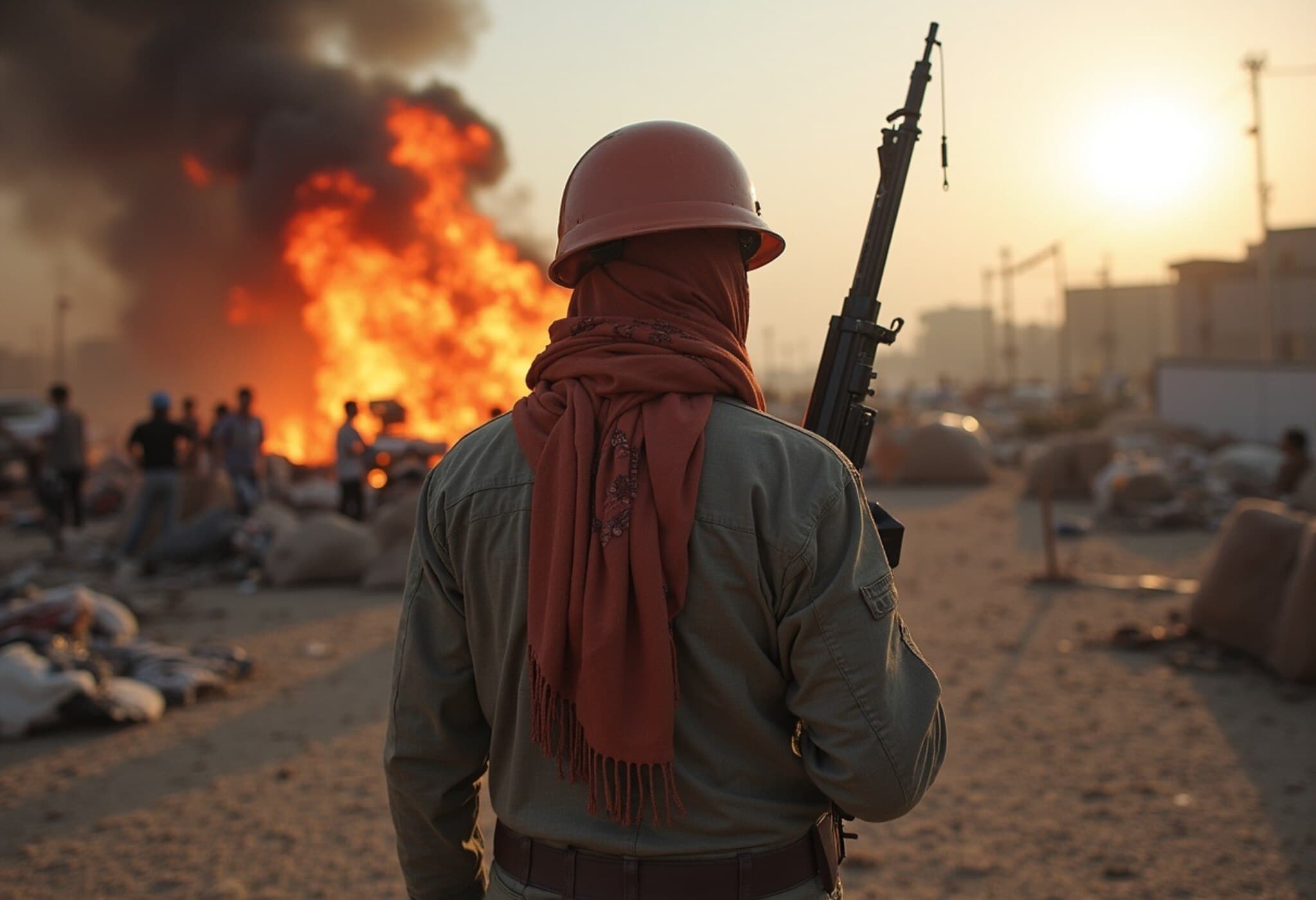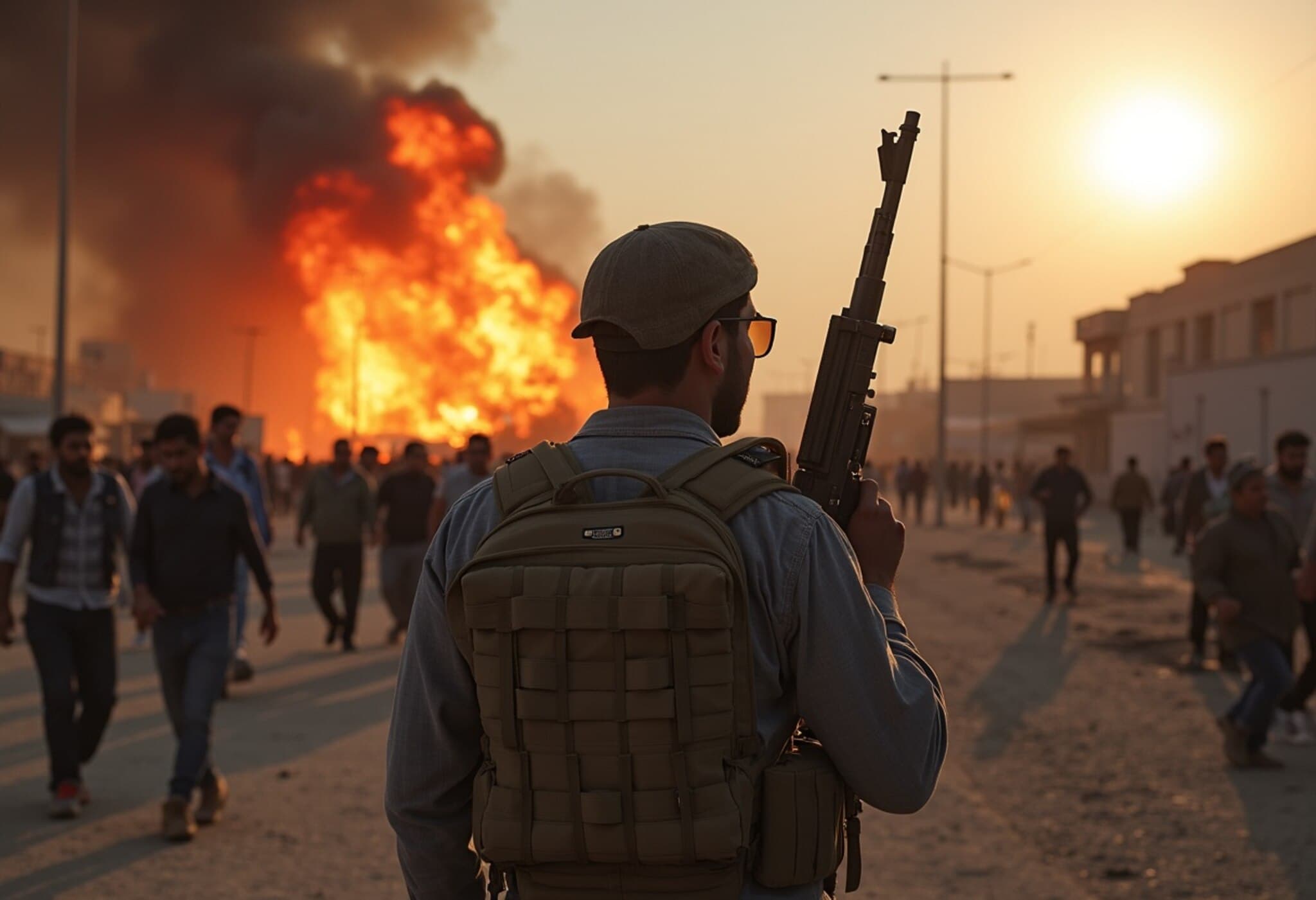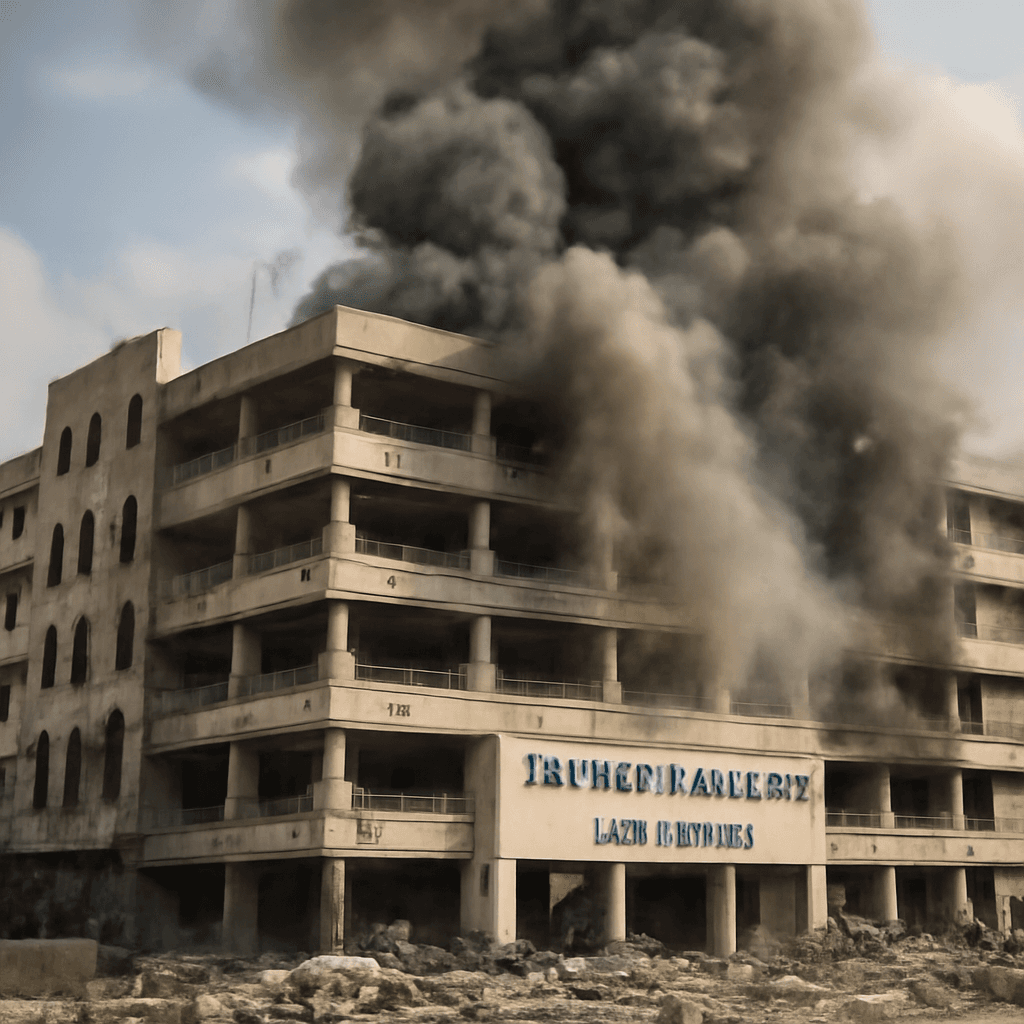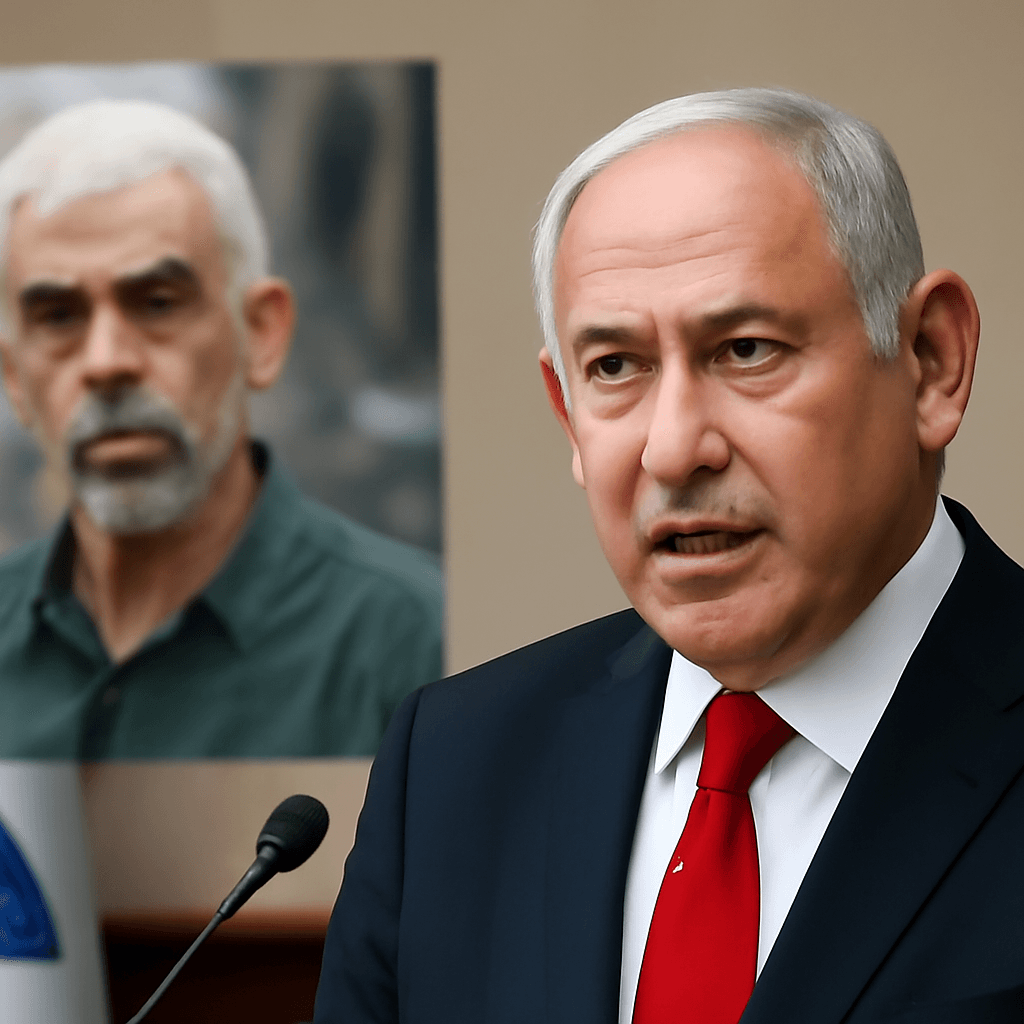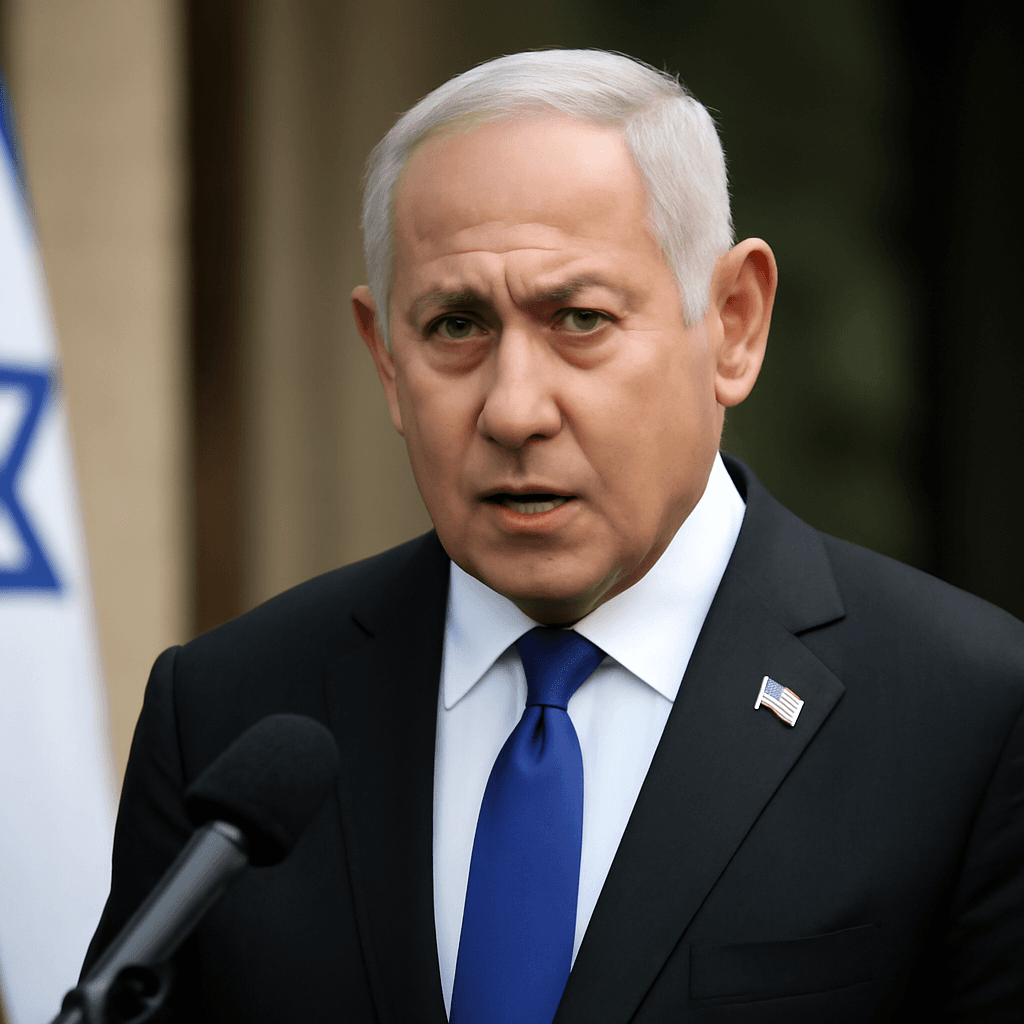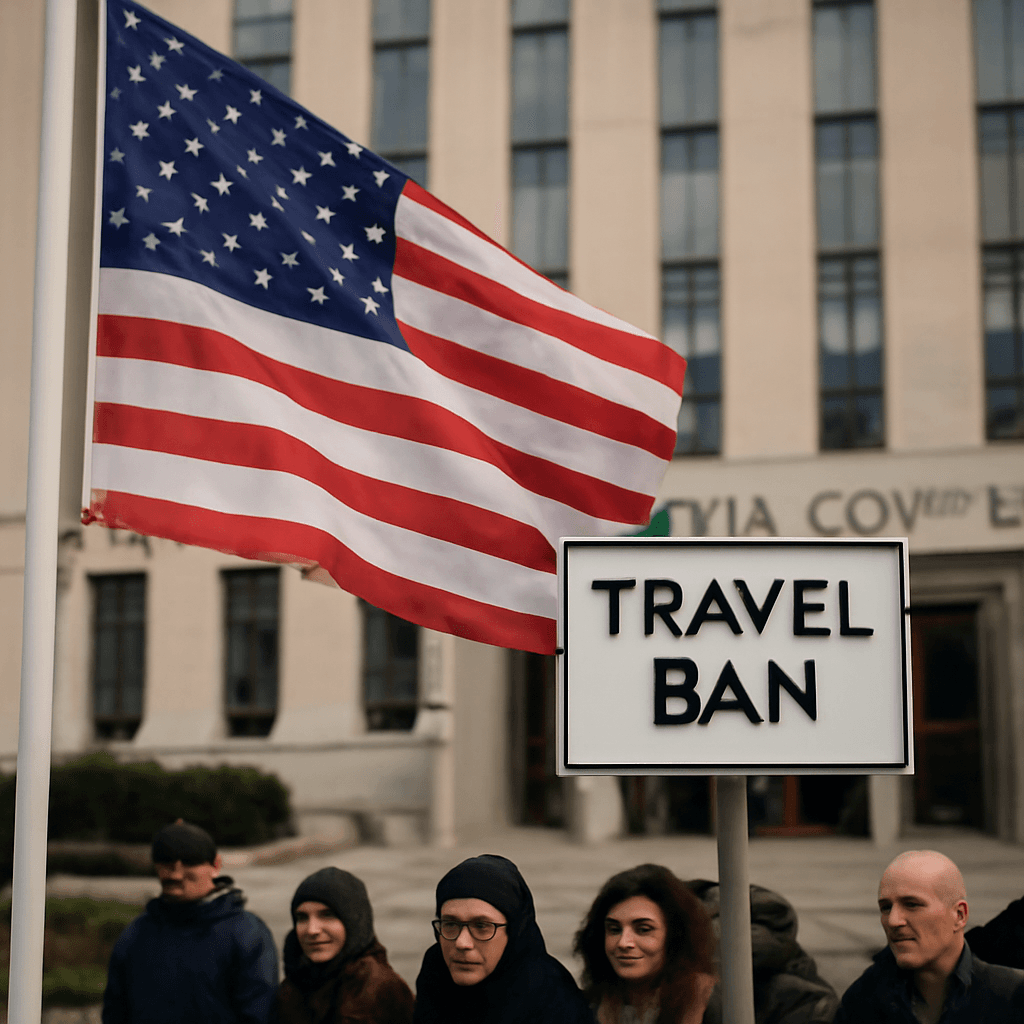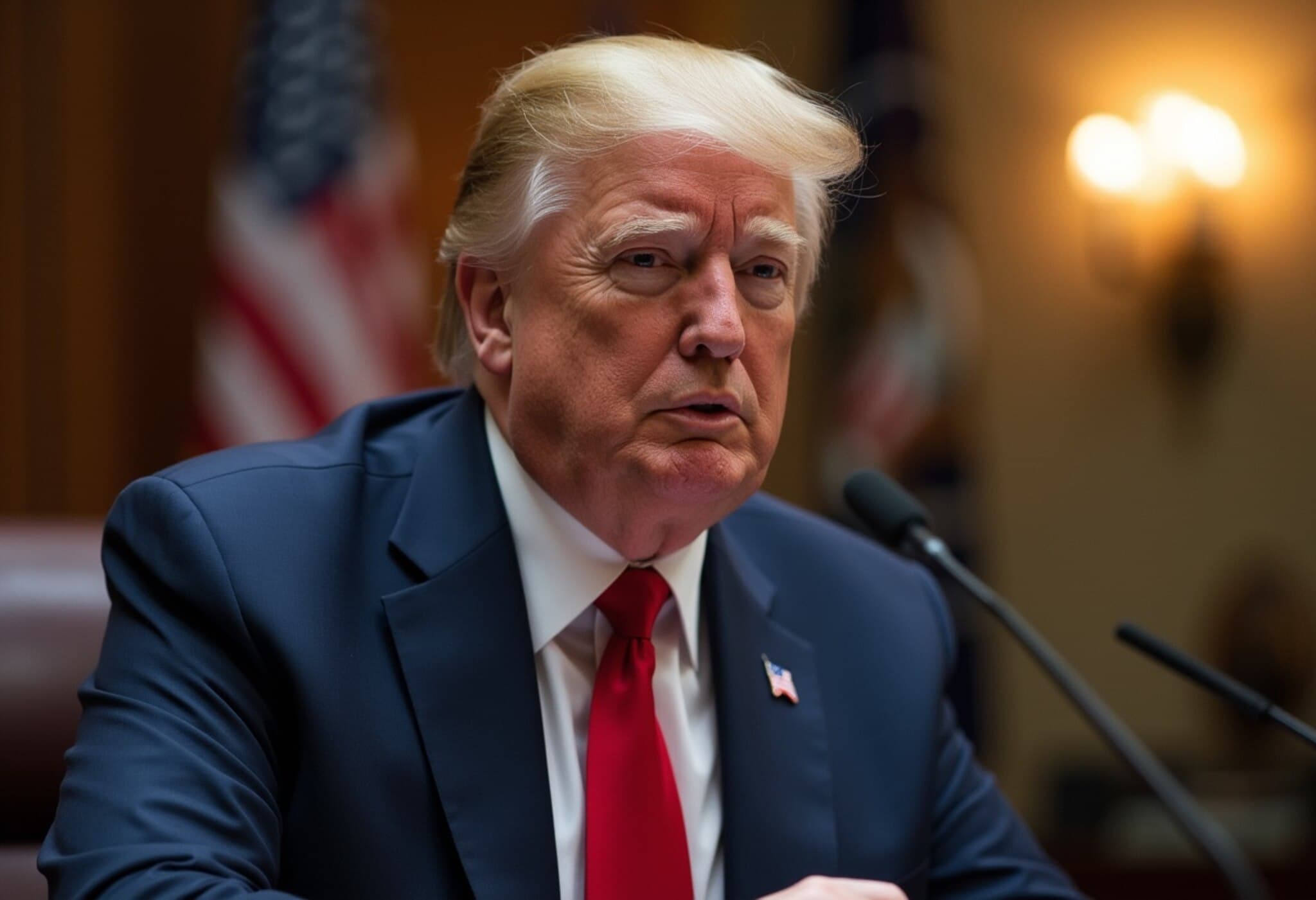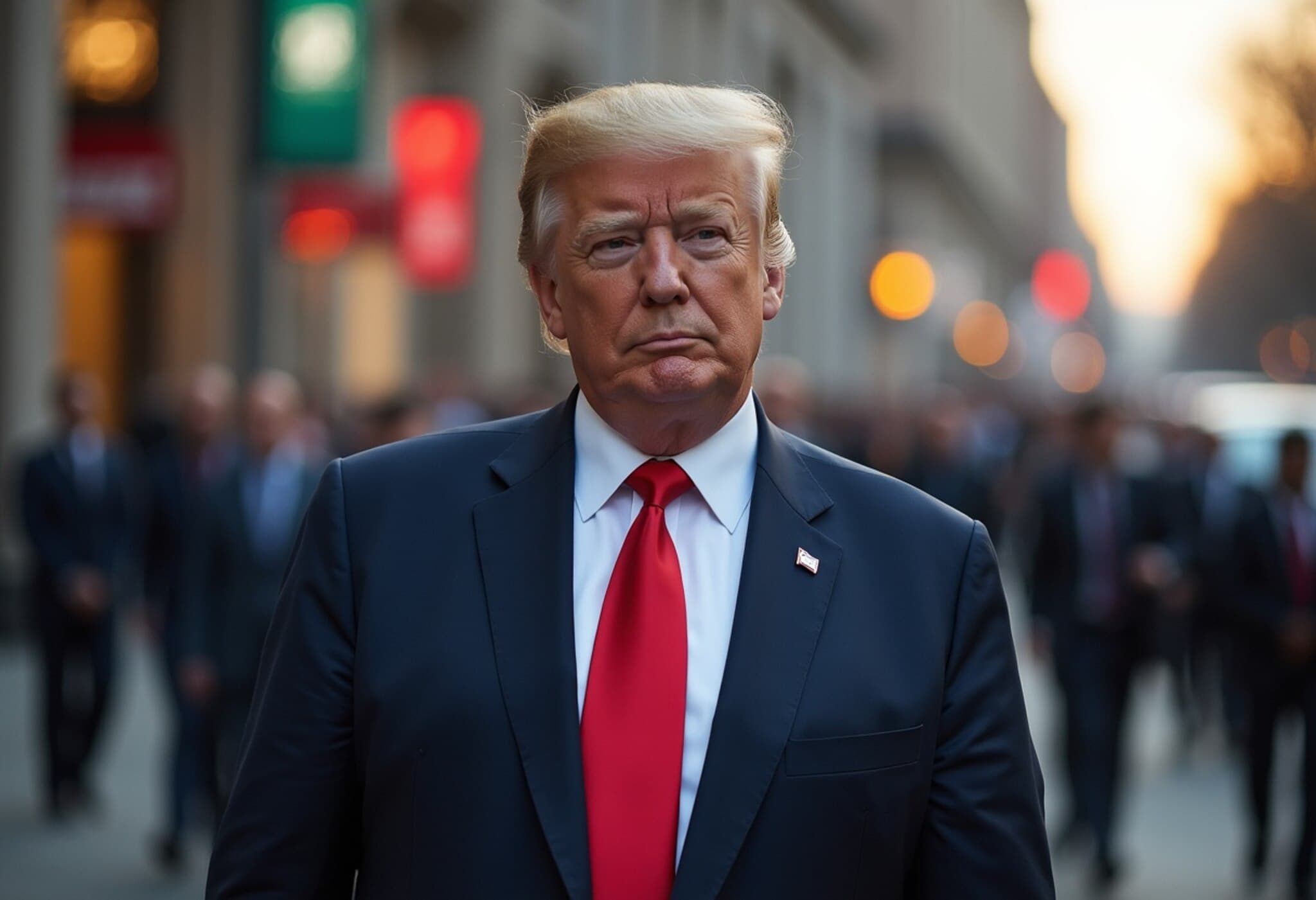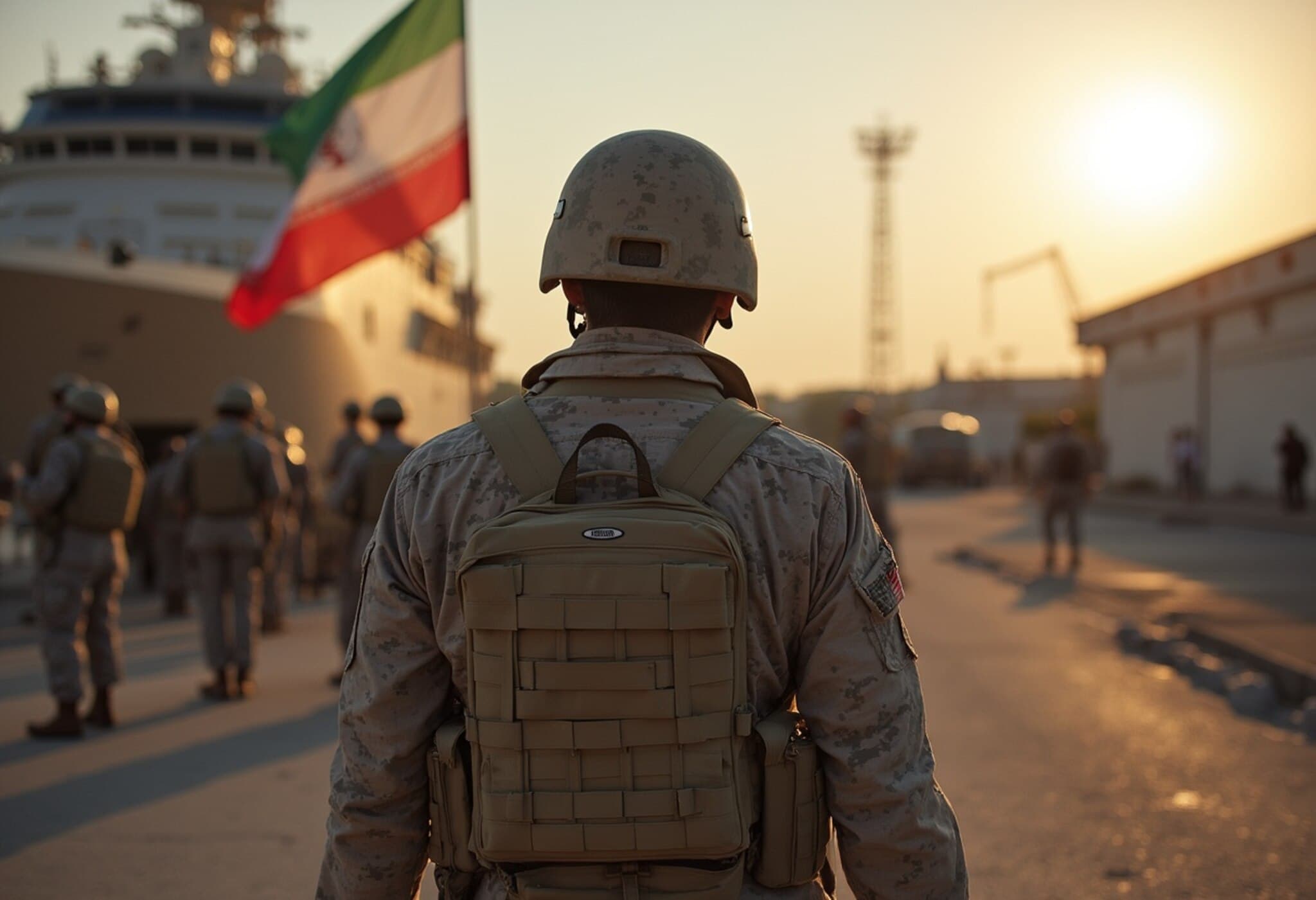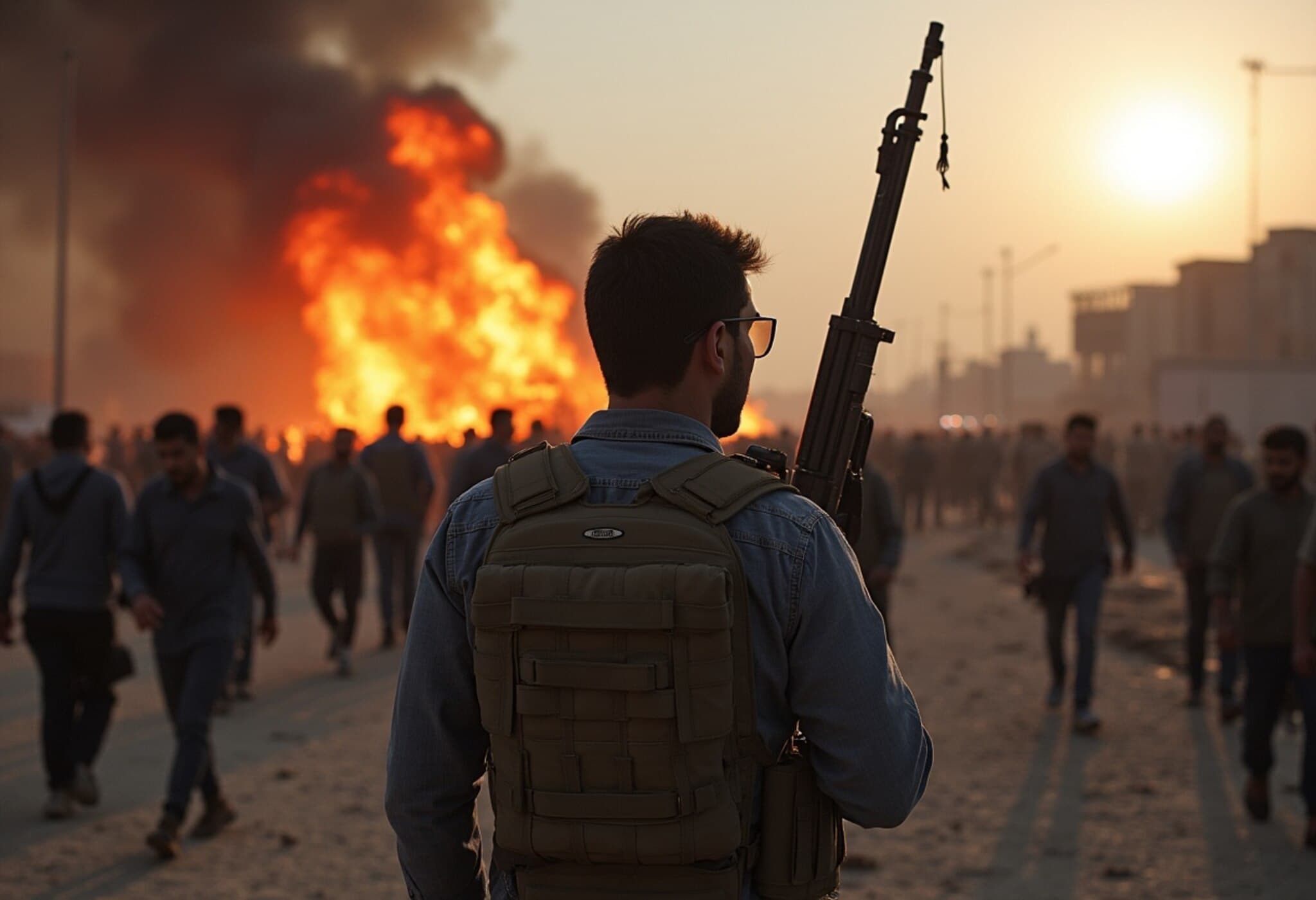Israel Reviews Hamas Ceasefire Offer as Hostage Negotiations Intensify
In the midst of escalating conflict and a looming Israeli offensive on Gaza City, Israel is carefully analyzing a Hamas proposal for a 60-day ceasefire paired with the partial release of hostages. Two Israeli officials confirmed on August 20, 2025, that while the proposal is under consideration, Israel’s overarching stance remains firm: the complete release of all Israeli captives is a non-negotiable condition to end the war.
Context Behind the Proposal
The ceasefire initiative has gained new urgency following Israeli Defense Minister Israel Katz's recent meetings with military commanders, where plans to launch a multi-stage offensive on Gaza City were outlined. The strategy includes building humanitarian infrastructure in southern Gaza, evacuating Gaza City, encircling it, and then proceeding with ground maneuvers.
Despite military preparations, diplomatic channels remain active. Egypt and Qatar have played pivotal roles as mediators, helping facilitate indirect talks centered around a U.S.-backed ceasefire framework. This complex plan aims to balance conflict de-escalation with humanitarian relief, alongside sensitive prisoner and hostage exchanges.
The Terms on the Table
- A proposed 60-day truce allowing partial Israeli withdrawal, currently controlling about 75% of Gaza.
- Release of approximately 200 Palestinian prisoners held in Israel, including women and minors.
- The return of hostages: Hamas proposes handing over 10 living and 18 deceased captives.
- Humanitarian aid influx into Gaza, home to 2.2 million people facing severe shortages amid a worsening humanitarian crisis.
Hamas also demands the release of hundreds of detainees from Gaza, adding another layer of complexity. According to Gaza health officials, about 50 Israeli hostages remain in captivity, with 20 confirmed alive. Israel insists all hostages must be returned as a condition for any ceasefire.
Political and Social Resonance
Prime Minister Benjamin Netanyahu is under immense domestic pressure. His far-right coalition partners vehemently oppose any truce with Hamas, advocating for a continued military campaign aimed at dismantling Hamas and annexing Gaza. Conversely, tens of thousands of Israeli citizens rallied in protests calling for an end to hostilities and the safe return of hostages, highlighting a significant divide between government policy and public sentiment.
Within Gaza, displaced Palestinians live in uncertainty. Many are cautious about the ceasefire’s promises, carrying scars from previous failed negotiations. Some express guarded hope that a truce could alleviate their dire living conditions, while others remain skeptical given the long history of broken ceasefires in the region.
Analyzing the Broader Implications
Experts suggest that the current proposal, if accepted, could open a critical pathway toward de-escalation, humanitarian relief, and eventually lasting negotiations. However, significant gaps persist, most notably Israel’s demand for Hamas to disarm and for its leaders to exit Gaza—conditions Hamas publicly rejects.
The conflict's roots and recent developments underscore the tragic human cost: over 1,200 Israelis killed during the initial Hamas assault and more than 62,000 Palestinians dead amid Israel’s broad offensive, according to regional health sources. The spiraling humanitarian crisis and political impasse paint a picture of a deeply entrenched conflict with no easy solutions.
What’s Next?
Israeli officials are expected to convene discussions shortly, with a decision on the ceasefire proposal likely within days. Meanwhile, the world watches as thousands flee Gaza City, anticipating further military action amid a fragile ceasefire hope.
Editor’s Note
This evolving situation demands careful attention not just to military developments but to the nuanced diplomatic efforts and human stories behind the headlines. The challenges of balancing security, justice, and humanitarian needs are profound. How Israel and Hamas navigate these competing imperatives could reshape regional dynamics for years to come. Stakeholders and citizens alike must ponder the core question: Can a ceasefire offer a viable path to peace without compromising demands for justice and security?

